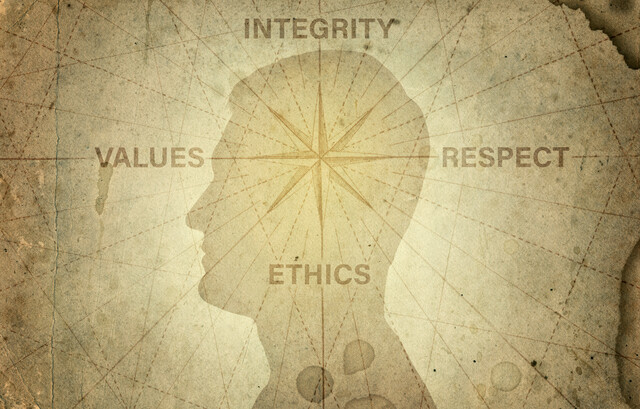Sensitivity Training for the Workplace
Empowering Respect, Elevating Culture

7 Hours average completion time
0.7 CEUs
10 Lessons
17 Exams & Assignments
2859 Discussions
10 Videos
12 Reference Files
72 Articles
Mobile Friendly
Last Updated December 2025
In the interconnected world of the 21st century, the workplace is no longer just a physical space confined by four walls. It's a dynamic realm of diverse cultures, beliefs, and backgrounds converging together. To lead, collaborate, and flourish in such an environment, professionals must move beyond mere awareness to true cultural competence. This is where our "Mastering Sensitivity" online training comes into play.
Why This Course?
Navigating diverse workspaces isn't just about tolerance; it's about embracing and celebrating the myriad perspectives that different individuals bring to the table. "Mastering Sensitivity" is meticulously designed to ensure you not only comprehend these differences but can leverage them for organizational success.
Dive Deep into a Comprehensive Curriculum:
- Foundation of Cultural Competence: Kick-start your journey by understanding the essence of cultural competence and why it's pivotal in today's global business ecosystem.
- Cultural Immersion: Journey through the fascinating world of diverse cultures, exploring their unique traditions, beliefs, and lifestyles.
- Beyond Cultural Nuances: Addressing critical aspects such as gender disparities, generational gaps, and the intricacies of the LGBT community, ensuring a holistic sensitivity approach.
- Conflict Resolution: Equip yourself with pragmatic tools and strategies to mediate misunderstandings and conflicts, fostering an atmosphere of mutual respect and harmony.
- Elevate Communication: Discover the art of effective communication that bridges generational divides, ensuring smoother collaboration across teams of varied age groups.
- Practical Application: Through real-life scenarios, simulations, and activities, practice the principles you learn, ensuring they're more than just theoretical knowledge.
Who Should Attend?
Whether you're a fledgling start-up venturing into new markets or a multinational corporation looking to foster a more inclusive environment, this course is tailored for you. Human resource professionals, team leaders, managers, and even individual contributors will find invaluable insights and tools to elevate their professional interactions.
Our Commitment:
Our course doesn't just stop at delivering lessons. We are dedicated to facilitating your journey to mastery. With a plethora of resources, from insightful videos and reading materials to interactive quizzes, we ensure that learning becomes an engaging experience. Join us, and redefine the dynamics of your workplace.
- Conflict resolution skills
- Effective cross-cultural communication
- Respectful workplace interactions
- Generational gap bridging
- Understanding diverse perspectives
- Cultural competence enhancement
- Bias recognition and mitigation
- Inclusive environment creation
- Prejudice and stereotype awareness
-

Procurement Management
-

Talent Management for Business
-

Anger Management Techniques
-

Business Ethics
-

Ultimate Secretary Training Bundle
-

Listening Skills
-

The Art of Setting Goals
-

Business Credit 101
-

Crisis Management
-

Business Analysis
-

Telephone Skills and Quality Customer Service
-

Human Resources Productivity Course Bundle
-

Team Building 101
-

Preventing Workplace Harassment
-

Workplace Violence: A Guide to Responding and Preventing
-

Report Writing 101
-

Mastering Conversation Skills
-

Writing Help Course Bundle
-

Assertiveness Training
-

Customer Relationship Management
-

Workplace Sexual Harassment in the #MeToo Era
-

Business Consulting 101
-

Etiquette Consultant
-

Introduction to Ethics
-

Lean Management